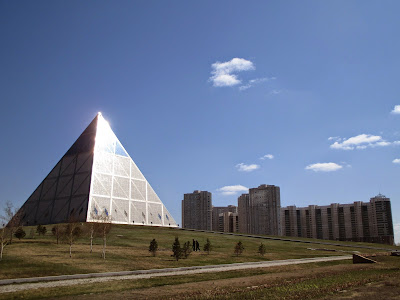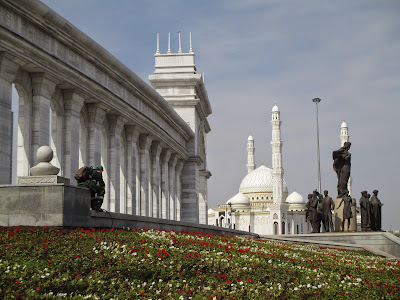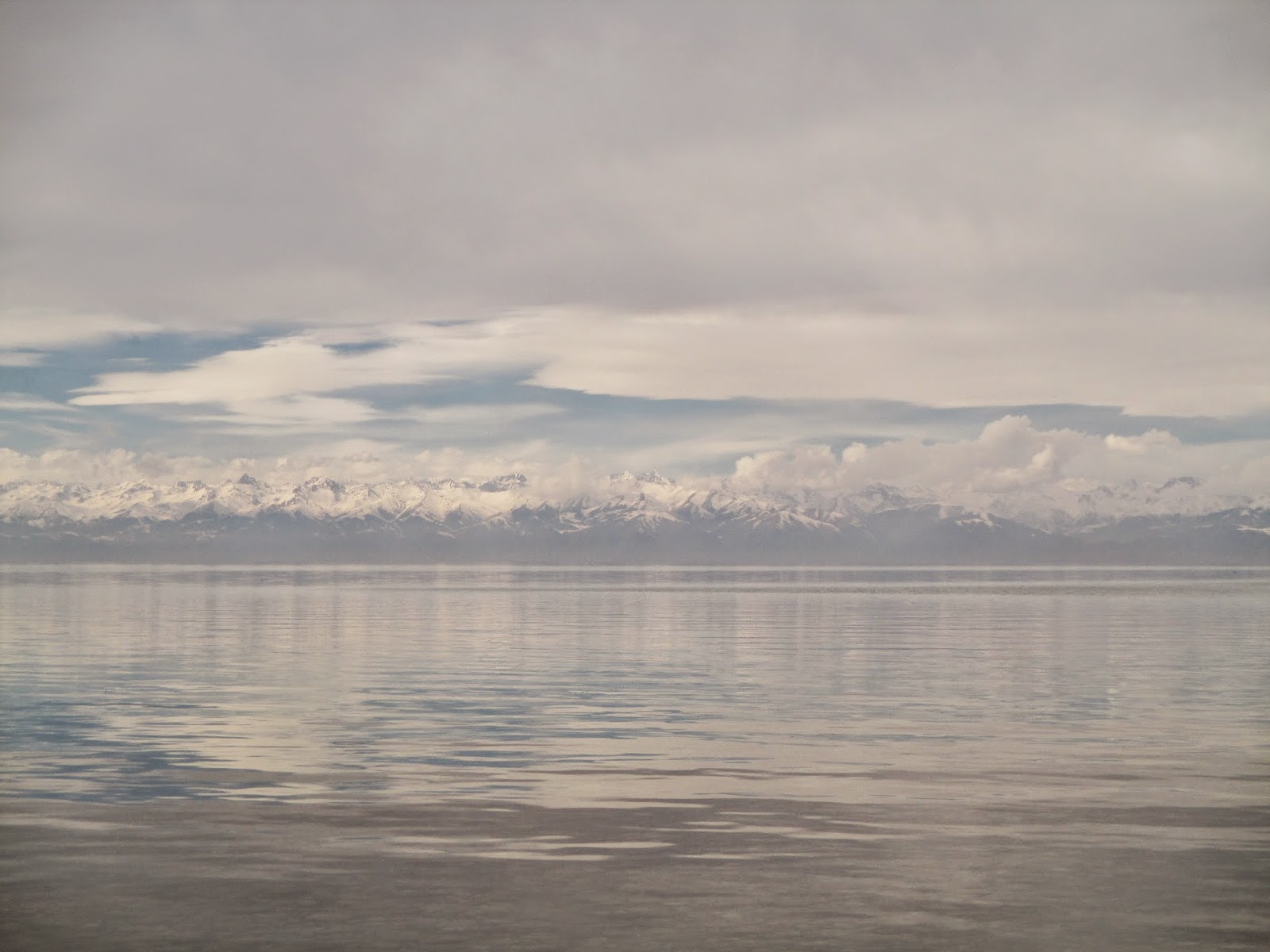Being back is strange. At first, it's just all normal as we left. But
when I get inside my thoughts and remember particular moments of the
trip, they are so real and far at the same time, they somehow become shaky and unreal. I remember the day we left Latvia like if it was yesterday, while the trip seems to have happened in a parallel universe. Like if the time of this year had been compressed and placed in some pocket, some small place where you would not notice it if you were not looking for it. But if I take a close look at it, it's so detailed and still so strange to me that I can't place it in time. Right now I have the taste of Sikkimese nettle soup in my mouth, I can smell the fresh orange paint of Sakya monastery in Ghum, I can feel the heat of the morning boiler on my legs in Bikaner, or the snow getting in my shoes in Srinagar, like a serie of déjà vus I could not place between my last day in Rīga and my first days back in Latvia.
But it also feels good to be home. We are now settled in the beautiful Latvian countryside and enjoy a slow return, counting the familiar faces one by one, and rediscovering things we missed during the trip. We can spend the spring on the Baltic seaside and wait for the Midsummer (when this blog was supposed to end, I know), and new exciting things to come in the summertime...
When you travel that way, the people you meet are important. Road companions, amazing hosts, friends, there are so many people who made our trip so special. In this last entry I would like also to share with you the blogs of different friends we have met during our trip. You can find the links in the "Friends" category on the right column of the blog :
- Kim, a musician we met on the ghats in Varanasi : Au son du bansuri
- Myriam, who volunteered with us in Bikaner, and travelled along in Jaisalmer and Bundi : Somewhere in Asia
- Anastasia and Sascha, another binationnal couple, who did Vipassana with us : From Prague to Singapore
It was cool to write our own blog, and share a bit of this adventure with you, everywhere we go. I think we'll miss doing that. Also in the blog we built with each entries a playlist of hidden songs (that you can find here). Thanks for reading!


















































